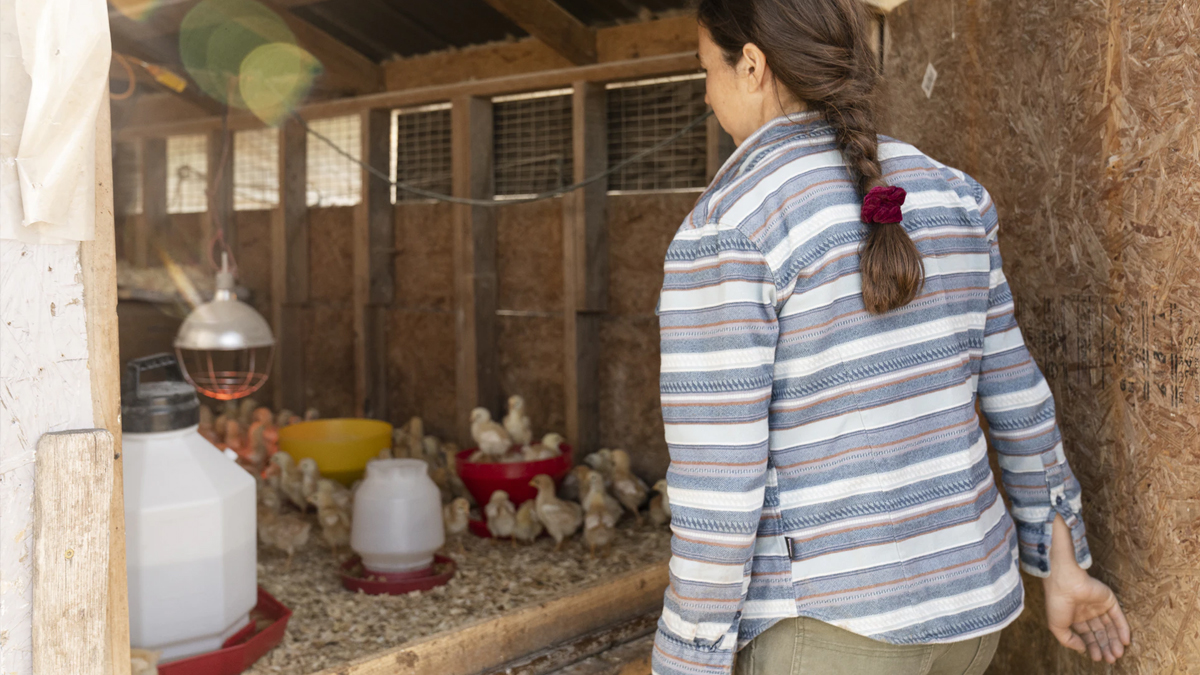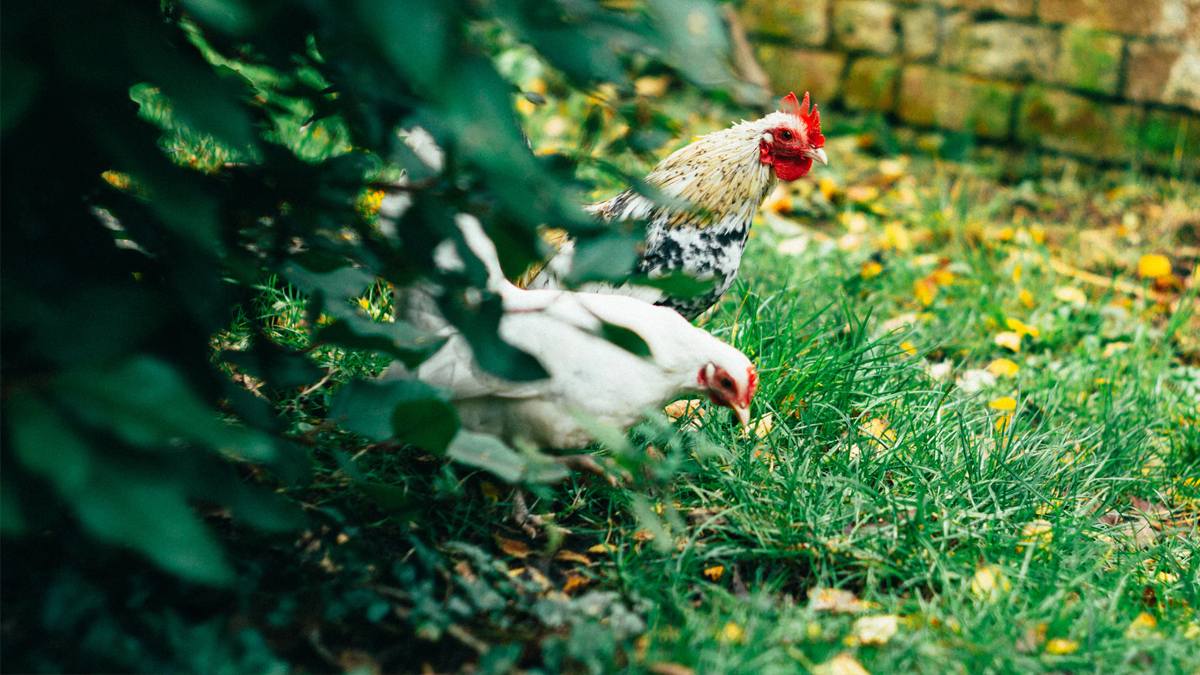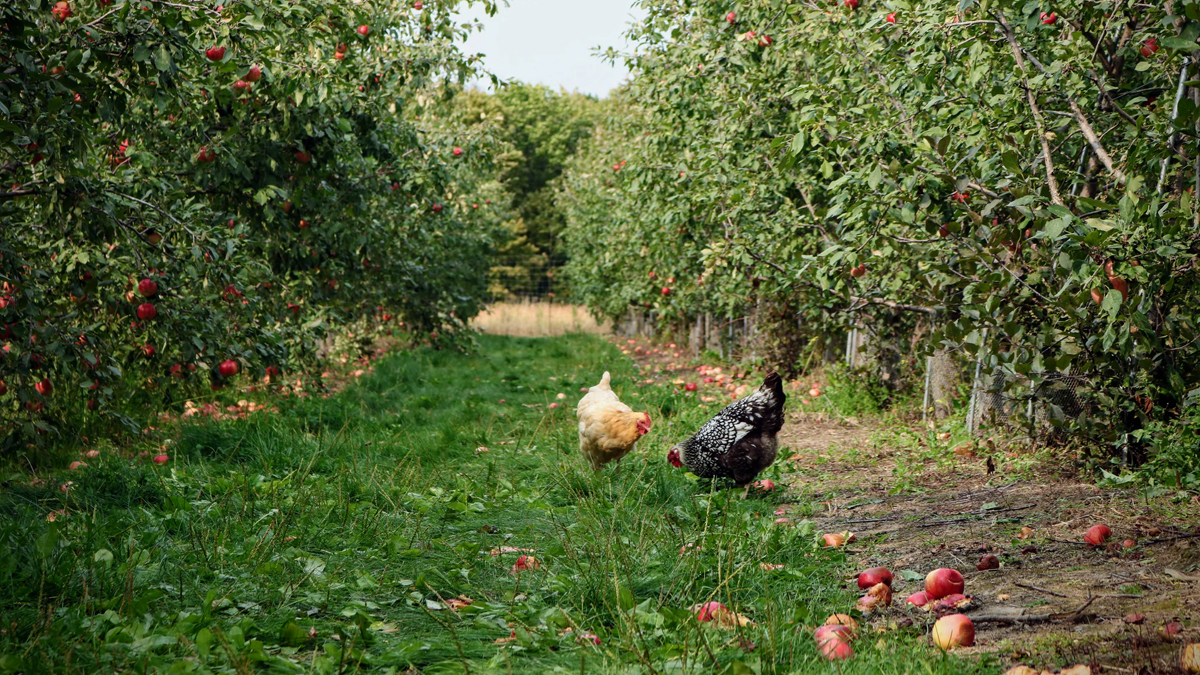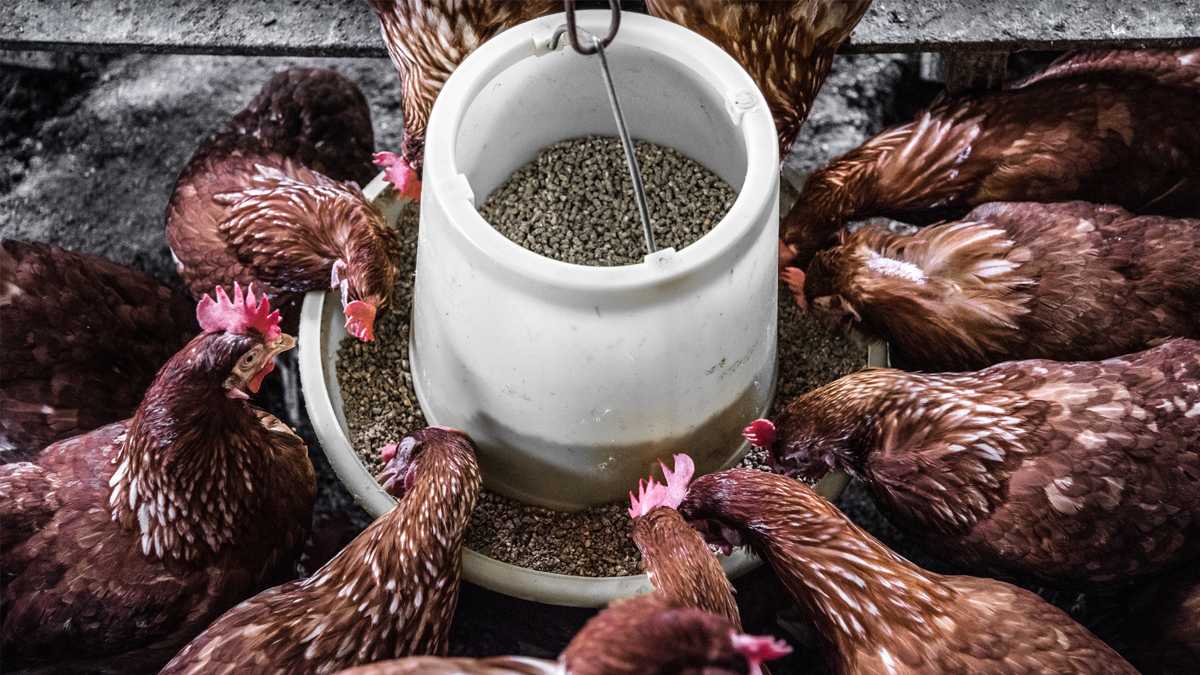on
Keeping a flock of laying hens is a great way to provide a homegrown protein source, put kitchen scraps to good use, and produce far more beautiful and nutritious eggs than those found in supermarket chains.
You can raise chickens more economically by allowing them to free range, but that can get messy and destructive and of course, unless you live in a warm climate with no winter to speak of you, will will need to feed them.
Ways to reduce your need for chicken feed
- Keep only the chickens that are efficiently meeting your needs. If you just want eggs, then look for egg layers from breeds known to be good at foraging. Barnyard mixes that come from free-ranged hens are good choices as are the following pure breeds.
- Orpingtons – Buff, Black, or Lavender Orpingtons are an excellent breed that is dual-purpose and easy to please.
- Rhode Island Reds – Rhode Island Reds are prolific layers that won’t complain or pick through the feed you’ve so-lovingly mixed for them
- Easter Eggers – Easter Eggers are fantastic foragers and hardy chickens that can survive some of the toughest times. They lay blue or green eggs.
- Welsummer – this breed has many of the same characteristics as other heritage chickens (e.g., cold hardiness and great laying abilities), plus exceptional foraging skills.
- Plymouth Rock – a heritage breed that is hardy but docile. They fare well in colder weather, produce an excellent number of brown eggs, and have great personalities. Plymouth Rock hens are typically good setters and make great mothers, which is great for sustainability.

- Cull inefficient and unnecessary flock members. This means you’ll need to butcher, sell or give away excess roosters, old hens (older than 2.5 years) or those that are genetically undesirable (low production, susceptible to disease, aggressive, etc.) to minimize your input while maximizing yields. Keep at least one rooster for every 8-12 hens if you are allowing them to free-range a good rooster will protect his flock from threats, without attacking you. Plus you need a rooster to reproduce.
- Think small. What’s the minimum amount of chickens to meet your needs? The smaller your flock, the easier it will be to maintain from creative resources.
- Ration. Believe it or not, your chickens can eat too much! This isn’t just a problem for the budget; it can actually decrease egg production. You can stop serving their food “free choice” (free choice means all day access to their feed). Start rationing out ⅓ of a pound a day per chicken. Begin cutting back slightly every day until you notice a drop in egg production. At that point, return to the amount of feed that didn’t affect egg production and go from there. You should not ration feed while they are in growth mode. Once they start consuming more than 1/3 pound of feed a day, then you know it’s time to ration.
Food you can grow for your chickens
Sprouted Grains & Seeds
In fall, winter, and spring in particular, chickens can benefit hugely from some fresh greens—and this is when sprouts come to the rescue! Sprouting helps unlock protein and nutrients in dry grains and seeds, and makes them much more digestible for chickens. It’s also economical – just 1 tablespoon of some varieties can turn into a quart or more of sprouts. There’s no soil, and the chickens will eat the entire plant, root and seed, so there’s no waste. And lastly, it’s super easy—just soak, rinse, and feed the finished crop to your chickens in 3-6 days. Our favorite choices for sprouted chicken feed are: wheatgrass, sunflower seeds, corn, peas, mung beans, oats, alfalfa, red clover.
Allow the sprouts to get about 4″ tall and then just dump them out to the chickens. They will love getting all that fresh goodness.
Leafy Greens
Chickens love leafy greens – especially tender ones like chard, frost-bitten kale, spinach, and the leaves of many specialty greens like amaranth, spreen and orach. Some of these plants do double-duty – you can harvest greens for the chickens during summer, then allow annuals like amaranth and orach to produce their hefty seedheads in the fall, and save the seeds for a winter feed supplement.

Other greens that they enjoy are comfrey, stinging nettle, dandelions, lambs quarter and burdock. Comfrey in particular is good to grow for your chickens because of its low fiber, high vitamin content. It is a very prolific producer of leaves, and if your chickens need to be in a run, it is a good plant to have growing next to the run where the chickens can have it free choice. And that also makes it close enough to cut some full-size leaves to toss to them too.
Storage Grains & Seeds
Many crops can be grown expressly for a winter feed supplement in the form of sprouted seeds or grain. Mammoth sunflowers, amaranth, orach and corn are great choices if you are concerned about threshing. Once the seedheads are dry, seeds from these crops can be easily harvested by hand.
If you have a thresher or are willing to try threshing by hand, (it is simple to do, but can be labor-intensive) you could grow wheat, buckwheat, oats or rye for winter sprouting grain. Yes you could crack and feed it directly as seed, but you will get more nutrition out of it if it is sprouted.
Storage vegetables
Both pumpkins and winter squash provide an excellent source of delicious, nutritious food for chickens all through the winter. Plus, eating pumpkin or squash will help your chickens produce exceptionally deep orange yolks. You can grow these on the side of a compost pile or a corner of the yard covered with cardboard for an easy, low-budget way to grow a lot of chicken food. Just be sure to cure your crop properly before storing in a cool place with moderate humidity for the winter.
This is something that can do double duty, you can cut up a big pumpkin, use part of it for your family, and give the rest to the chickens. And of course, they will happily take just the seeds too.
Additional options for feeding your chickens
Compost: Besides kitchen and garden scraps, you can also allow them access to your compost pile. They will help to turn things over, and delight in any bugs or worms they find.
Garden Patrol: You can also allow them some supervised garden time. They are typically more interested in pests than produce so giving them some time in the garden an hour or two before sunset it ideal as the setting sun will trigger them to head back to their coop naturally, saving you the chicken round-up.

Bucket Maggots: This option is not for the faint of heart, but it does make the chickens happy. Drill dozens of ⅜ inch holes in a food grade bucket and suspend it in the air where your chickens will have access to it. Throw in some meaty leftovers. The flies will lay their eggs, the maggots will crawl out of the holes, drop to the ground and happy chickens will snap them up.
Just be sure to use fresh carcasses to help prevent Clostridium botulinum that can cause a deadly disease in your chickens called limberneck.
In his book, Small-Scale Poultry Flock author Harvey Ussery emphasizes not to include chicken slaughter waste that might include grain from their crops as this can be a likely source of Clostridium botulinum growth.
Milk: Did a doe (or cow) step in the bucket while you are milking? Don’t dump it out – feed it to the chickens. Have extra milk, feed it to the chickens. Chickens love drinking milk, especially if it is still warm. and it is a good source of protein and calcium for them. They will happily eat cottage cheese and sour cream too, but only give them small portions of those.
Get access to premium content and more!





